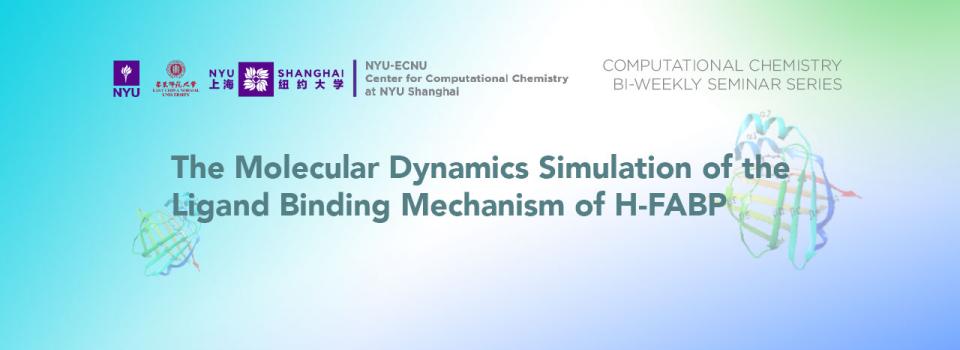
Abstract:
The heart fatty acid binding proteins (h-FABP), as a member of fatty acids transporter family, responses for many important biological activities such as energy supply, lipid metabolism, signal transduction and precursor synthesis. The molecular mechanism of fatty acid entry to and exit from FABP is critical to the understanding of FABP functions but the detailed mechanism remains obscure. In this work, all-atom molecular dynamics simulation and Markov-state models method were utilized to investigate the ligand association/disassociation processes on FABP and reveal “invisible” intermediates predicted by experiments. The kinetic analysis demonstrated that the transition rates between these states are in good agreement with the experimental measurement. Moreover, our results suggest that there are multiple pathways for the ligand binding to or unbinding from FABP, besides, the entry and exit processes might obey different mechanisms.
Biography:
Professor in Wuhan Institute of Physics and Mathematics, Chinese Academy of Sciences (2004-present); Research Fellow (with Prof. Donghui Zhang), Department of Computational Science, National University of Singapore (1999-2004); Postdoctoral Fellow (with Prof. Yuansheng Jiang), Department of Chemistry, Nanjing University (1997-1999); Ph.D. in Quantum Chemistry (with Prof. Guosen Yan), Department of Chemistry, Sichuan University (1994-1999); M.Sc. in Quantum Chemistry (with Prof. ShenXiu Xiao), Department of Chemistry, Sichuan University (1991-1994); Undergraduate, Department of Chemistry, Sichuan University (1987-1991).
His research Interests are quantum reactive dynamics and molecule spectroscopy, theoretical simulation of biomolecular and complex chemical system, and computational software and GPU algorithms. Now he has published more than 80 papers on Chem. Sci. Rev., JPC Lett., and other journals.
Bi-Weekly Seminar Series by the NYU-ECNU Center for Computational Chemistry at NYU Shanghai


